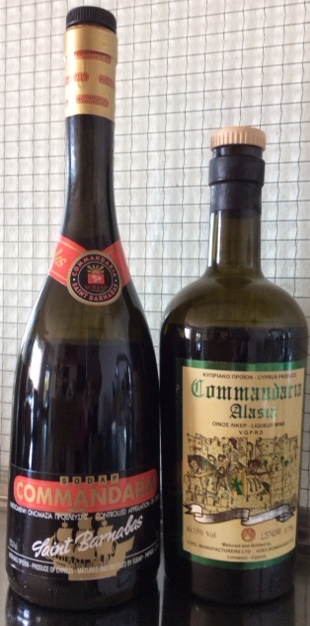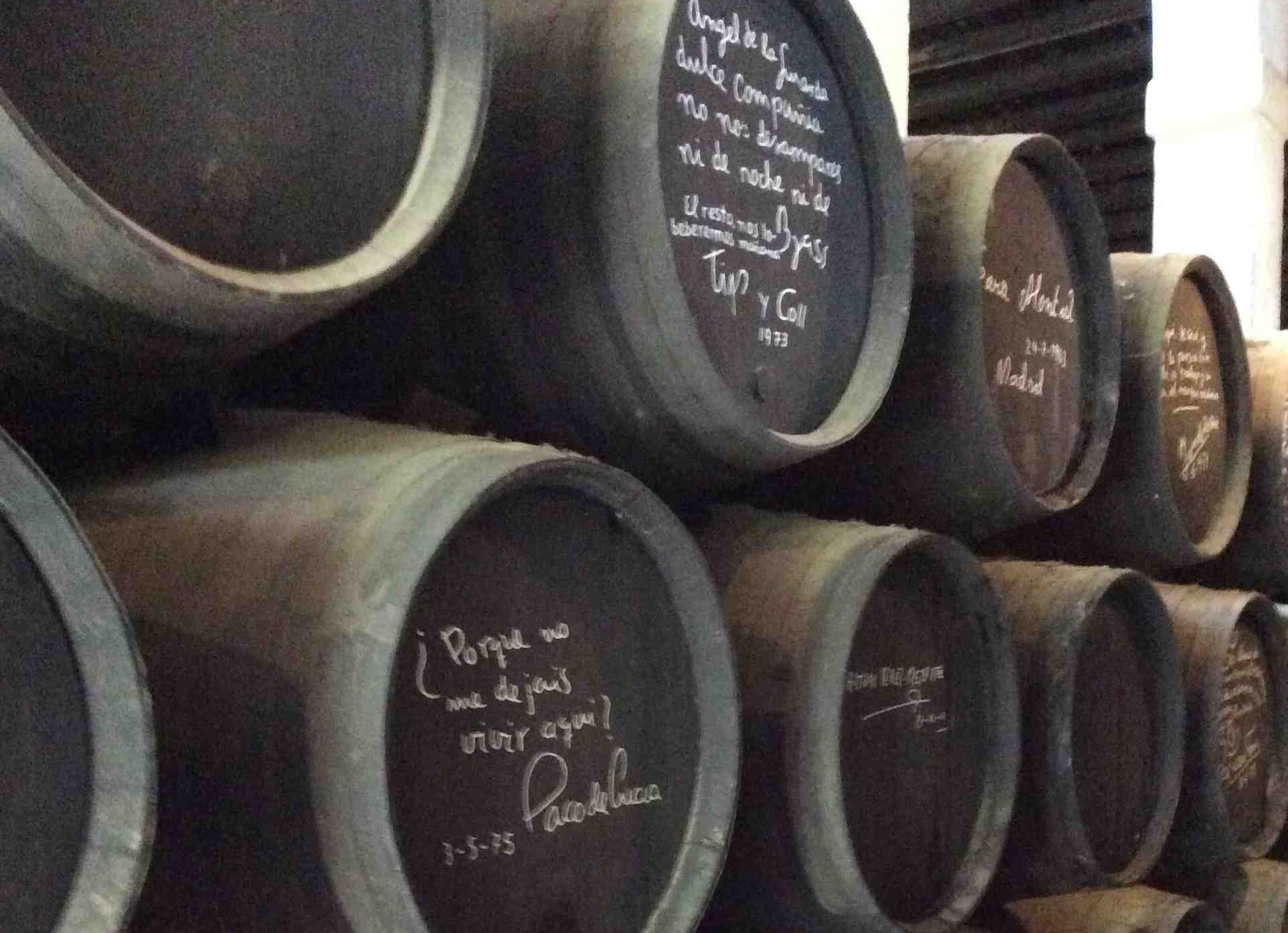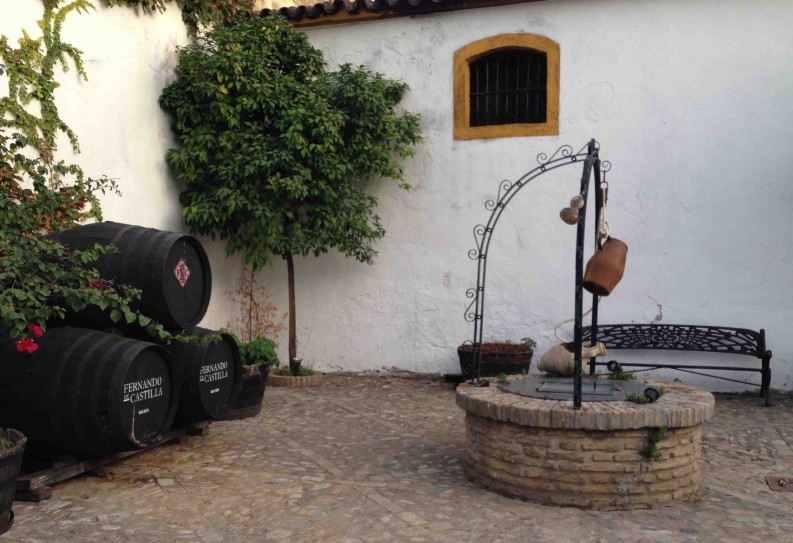
“Like syrup! – Liquid raisins! – Incredibly sweet! ”- this and the like can sometimes be heard when tasting sherry made from Pedro Ximénez (PX) or Moscatel grapes. These Sherries are definitely sweet, as Moscatel sherry must have at least 160 g / l residual sugar – PX sherry even at least 212 g / l. Simple, not very mature specimens can then often be too little complex and such appear “just sweet”.
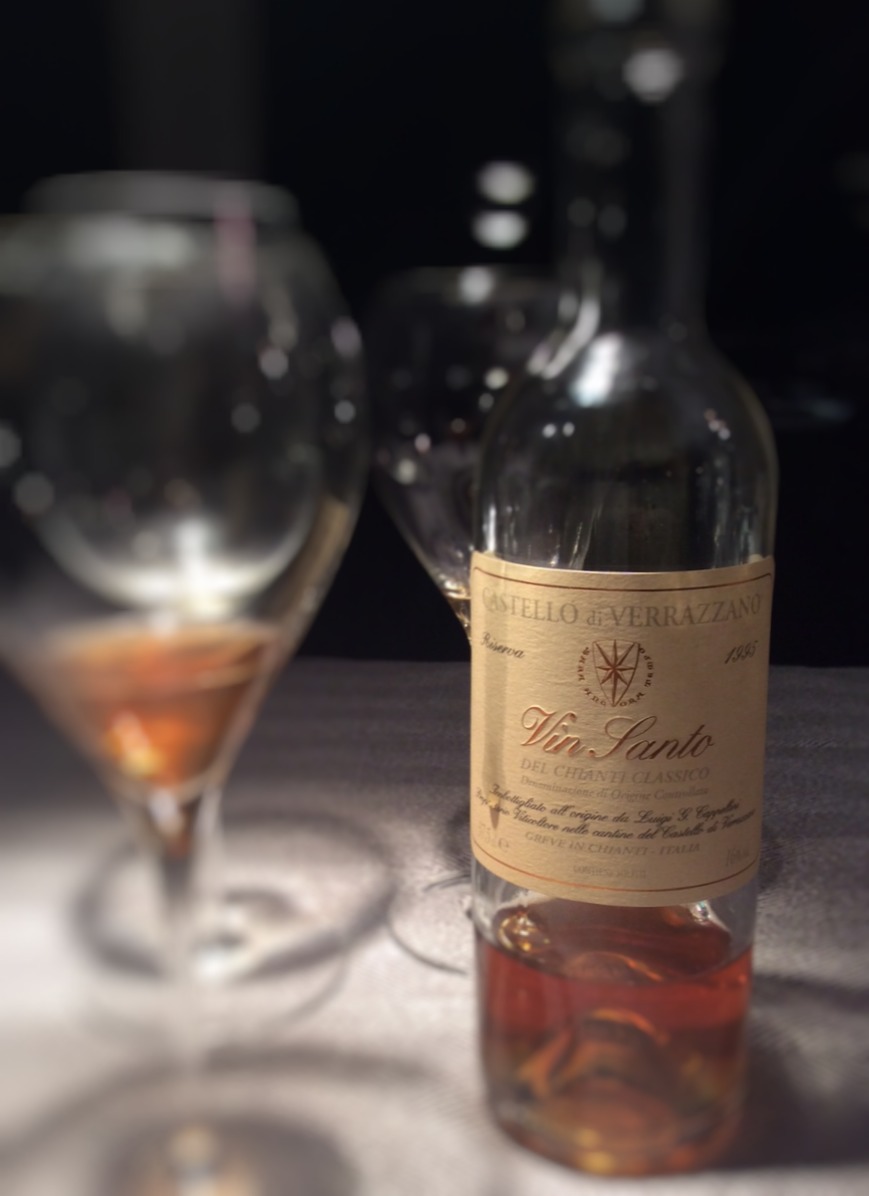
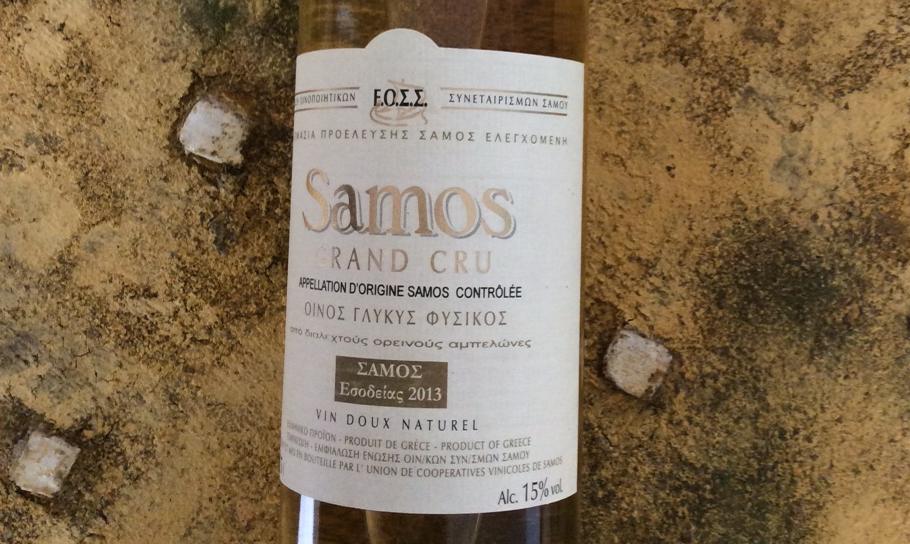 There are 3000 years of viticulture on Samos. Even today, Muscat Blanc á Petits Grains thrives under the burning southern sun for the sweet Samos wine. The grapes grow mostly on small terraces on the northern slopes of the Ambelos Mountains, up to 800 meters altitude.
There are 3000 years of viticulture on Samos. Even today, Muscat Blanc á Petits Grains thrives under the burning southern sun for the sweet Samos wine. The grapes grow mostly on small terraces on the northern slopes of the Ambelos Mountains, up to 800 meters altitude.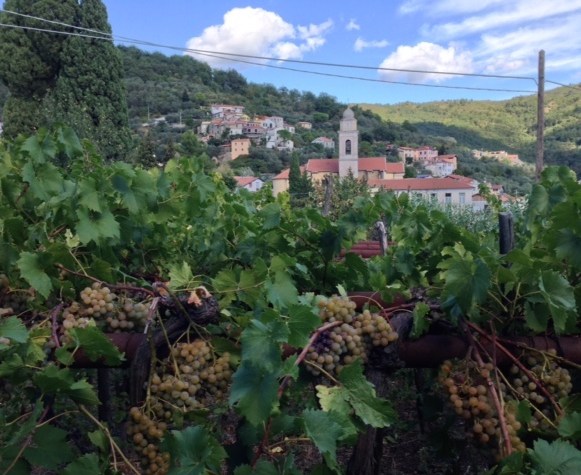 The Moscatello di Taggia has been a welcome guest at the English and Flemish royal courts as well as at least some papal tables since the 14th century. For a long time, this wine was considered a symbol of Ligurian viticulture, until in the 19th century the phylloxera decimated the existence of this variety to the point of insignificance and thus the grape variety was forgotten. It was only in 2003 that around 20 plants of this grape variety were rediscovered as part of an oenological research project by the University of Turin in the municipality of Ceriana (province of Imperia).
The Moscatello di Taggia has been a welcome guest at the English and Flemish royal courts as well as at least some papal tables since the 14th century. For a long time, this wine was considered a symbol of Ligurian viticulture, until in the 19th century the phylloxera decimated the existence of this variety to the point of insignificance and thus the grape variety was forgotten. It was only in 2003 that around 20 plants of this grape variety were rediscovered as part of an oenological research project by the University of Turin in the municipality of Ceriana (province of Imperia).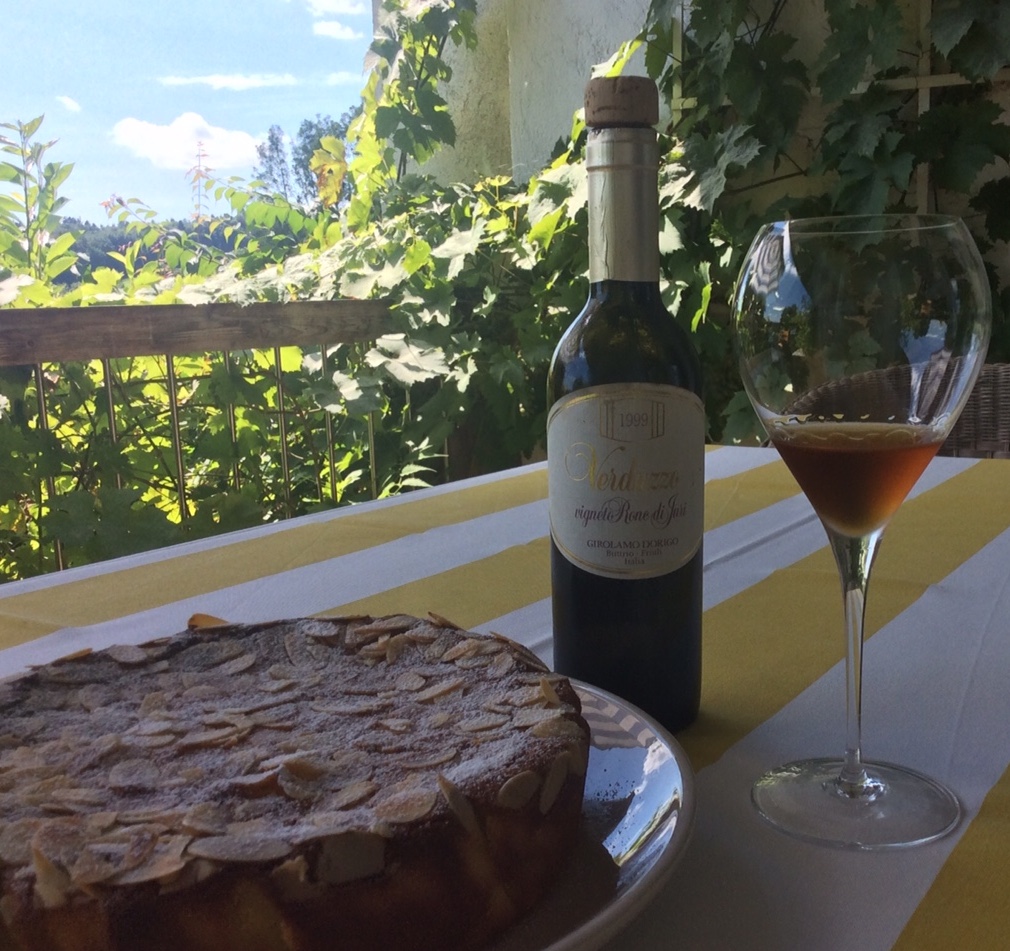 It is said in Friuli that the Verduzzo was drunk by the farmers at the time of the fiefs, while the landed gentry drank the aristocratic sweet Picolit. Even today, the Picolit coming from the Collio orientale del Friuli, outside Friuli, the better known of the two. The Verduzzo is however the typical sweet wine from Friuli. It is made from the grape Verduzzo Friulano as a sweet (amabile or dolce) DOC wine in the Friulian wine regions Collio Orientale, Friuli Annia, Friuli Aquileia, Grave and Isonzo. In Carso, Collio and Latisana the Verduzzo is not pruduced as DOC wine. There is also a sweet Verduzzo Riserva…
It is said in Friuli that the Verduzzo was drunk by the farmers at the time of the fiefs, while the landed gentry drank the aristocratic sweet Picolit. Even today, the Picolit coming from the Collio orientale del Friuli, outside Friuli, the better known of the two. The Verduzzo is however the typical sweet wine from Friuli. It is made from the grape Verduzzo Friulano as a sweet (amabile or dolce) DOC wine in the Friulian wine regions Collio Orientale, Friuli Annia, Friuli Aquileia, Grave and Isonzo. In Carso, Collio and Latisana the Verduzzo is not pruduced as DOC wine. There is also a sweet Verduzzo Riserva… 
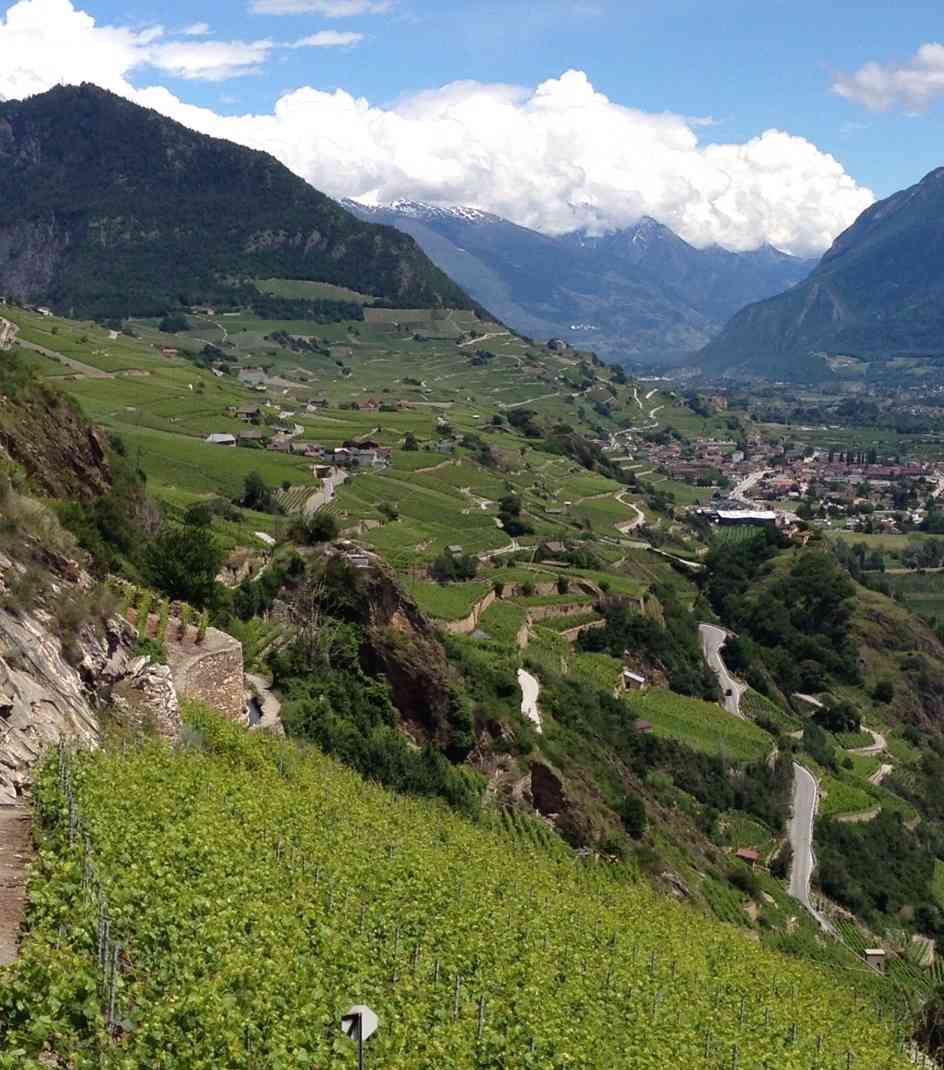
 ns for the harvest of healthy, ripe grapes. The almost always beautiful late autumn in Valais, with still very warm days and cool nights, …
ns for the harvest of healthy, ripe grapes. The almost always beautiful late autumn in Valais, with still very warm days and cool nights, … 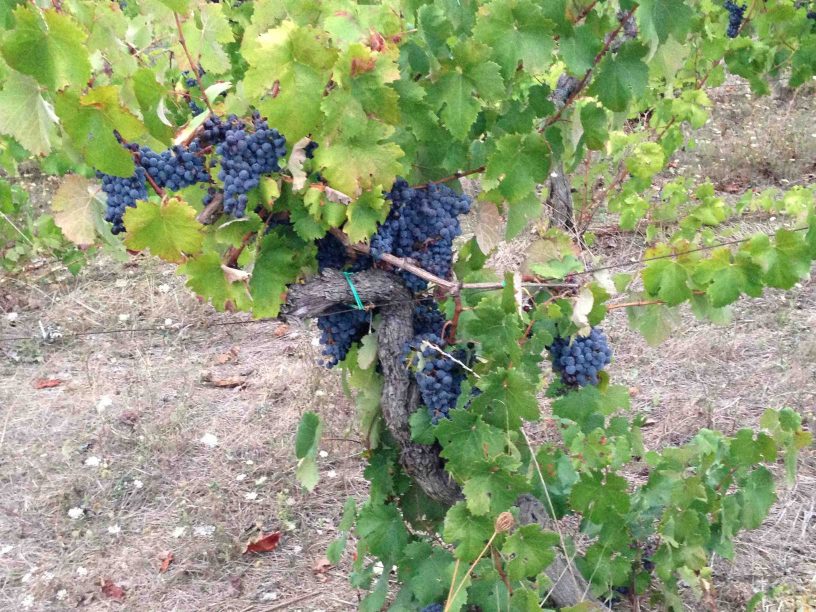 In the northeast of Sardinia there is the Gallura, which is a region and a wine-growing area at the same time. Gallura is best known for the Costa Smeralda and the Vermentino di Gallura, Sardinia’s only DOCG (Denominazione di Origine Controllata e Garantita) wine.
In the northeast of Sardinia there is the Gallura, which is a region and a wine-growing area at the same time. Gallura is best known for the Costa Smeralda and the Vermentino di Gallura, Sardinia’s only DOCG (Denominazione di Origine Controllata e Garantita) wine.